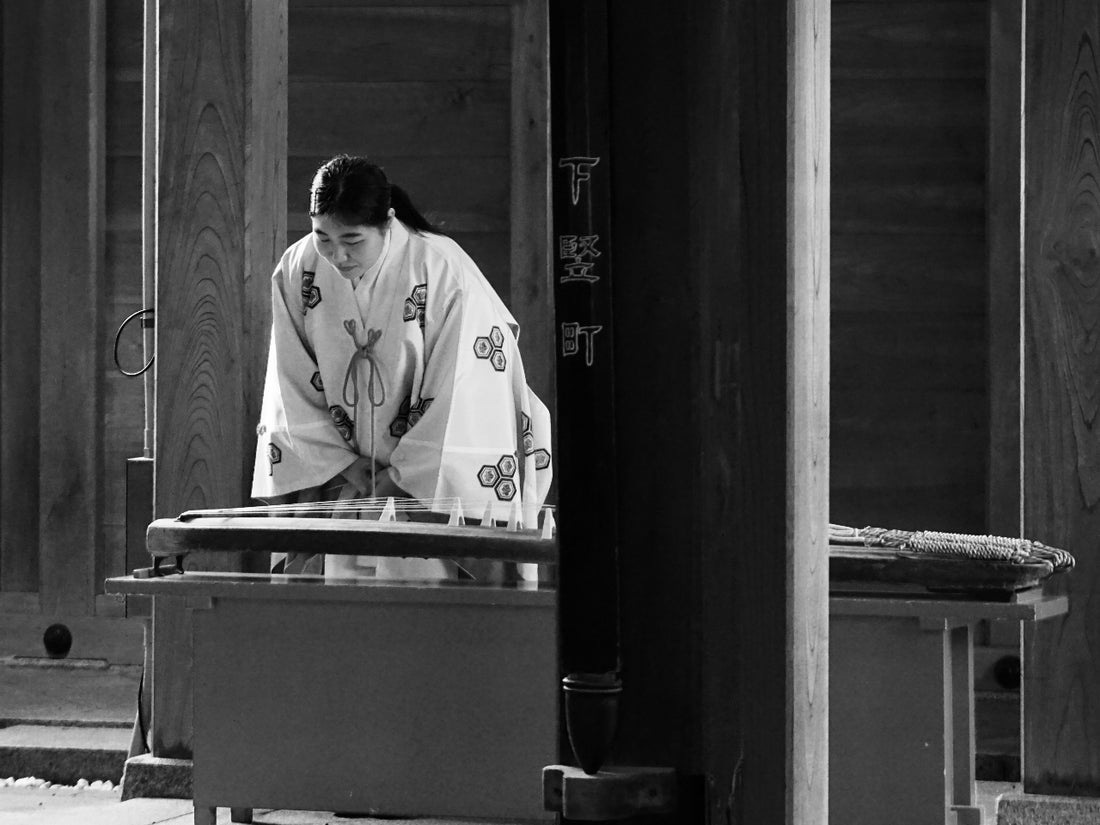When it comes to Japanese music, the first thing that comes to mind may be J-pop, anime music, and video game soundtracks. This awesome pop music develops from traditional music. Japan has rich and splendid traditional music that stretches back centuries, many genres of which are still being enjoyed today.
What is Hogaku

In Japanese, traditional music is known as “hogaku.” In a broad sense, hogaku is an umbrella term including many sub-genres. Mostly, it is classified as a category separated from other traditional music. It normally refers to music from the 17th to the mid-19th centuries, including folk music, court music, theatrical music, and instrumental music.
In Japanese, folk music is known as minyo, where "min" means folk and "yo" means songs. Each area of Japan has its own minyo genre. The original minyo was sung unaccompanied. Later, instruments were used. Local music found its way to the court with the centralization of the political system. They were absorbed into court music and played by professional musicians. During the 6th to the 8th centuries, Japanese folk songs were significantly influenced by Korean Peninsula and China because of the political and cultural communication. The 10th century saw the fall of the Tang Dynasty and the end of imperial envoys. The loss of contact led to the emergence of Japanese popular songs with more indigenous characteristics.

Gagaku (elegant music) is court music, usually patronized by the Imperial Court or the shrines and temples. As the oldest traditional music in Japan, it comprises four categories - kangen (instrumental ensemble), bugaku (dance music), saibara, roei (chanting), and Kuniburi no utamai (music for Shinto ceremonies). The long piece of kangen and bugaku has three movements – introduction, development, and conclusion. The tempo of them is normally super slow. Saibara (pack-horse driver songs) were adopted from folk songs and modified to a more graceful and palatable version. Roei contains texts from two collections of Chinese and Japanese poetry. A gagaku orchestra is comprised of sixteen musicians and uses only classic Japanese instruments.
Music is central in Japanese theater. Japan has several theatrical forms of drama, among which the two main forms are kabuki and Noh. Kabuki is known for its highly stylized dancing and singing. The on-stage orchestra for a Kabuki performance consists of shamisen players, singers, and percussionists. There is an off-stage orchestra, comprising mainly percussion instruments. Noh is characterized by its various masks and fantastical costumes. Noh music is played by the hayashi, including three drummers and a nohkan flutist.
History of Hogaku

From the earliest stages of history, uta (song, or sometimes poetry) has been an important part of Japanese culture, and the distinction between which is blurred. Poetry was almost always being recited and chanted aloud. From the 2nd to the 7th century, The indigenous Japanese produced folk music and invented instruments, such as Yamato-goto (guzheng), Yamato-bue (flute), and percussion instruments. Later, music in Japan developed around ritual ceremonies, story recitals, folk songs, and theatrical dramas.
In the Edo period (1603 - 1867), yukaku (red light districts) created a market for more music genres, especially those accompanied by shamisen and geisha. At hogaku’s zenith, urban music flourished in the form of Kabuki, Bunraku (puppet) theater, and vocal soloists accompanied by traditional Japanese instruments. In the meantime, playing guzheng at home was regarded as a symbol of civilization.

